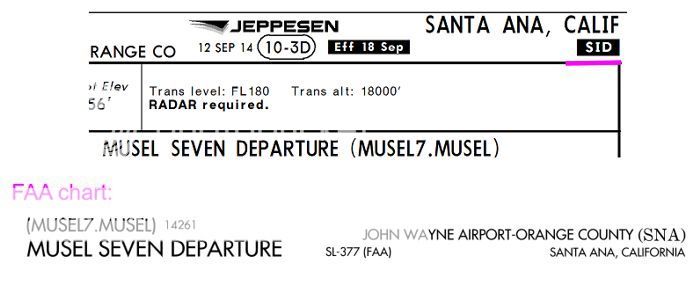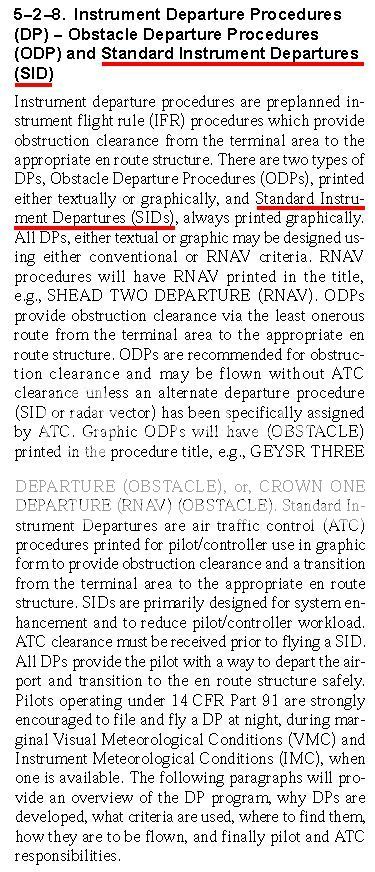You're looking at a situation based on multiple ways off handling it. There's no one right way to do it. Different facilities, different techniques and different facilty letters to handle it.
Take the "flat land" method. Where I worked (NBC) it was flat as a pancake. We had it in the SOP to apply the provisions of 4-3-2 (C) of the 71110.65 to assign headings and initial altitude for aircraft departing KARW. They had no ODP because nothing penetrates the 40:1 slope around the field. We could have cleared them as filed with no departure heading but being so close to the air station, a heading was necessary. So, you ask the pilot which runway they're departing and issue the heading based on that. "When entering controlled airspace, fly heading 060, climb and maintain two thousand, expect..." Once that clearance is issued, that field is now off limits for other IFRs until 30 mins after the void time. Since you really have no idea where that aircraft will pop up on radar, you restrict your overflights to 3,000 ft to ensure a 1,000 ft vertical sep. That way that entire climb, even if you don't have radar, separation is ensured with other known IFR traffic. Nothing the controller can do about another aircraft flying around IMC while in class G.
Now, your example with the aircraft departing with another aircraft at the MVA at 12,300 ft. Well, most likely ATC isn't going to let that happen. If you're departing a class G in the mountains, there's a good chance ATC will assign the ODP to ensure separation from the arrival if you're climbing thru his altitude. Or, the controller can just assign an altitude to the arrival 1,000 ft above the altitude of the departure. They'll hold the arrival until radar contact on the departure, then clear him for the approach. If there's no one inbound IFR, then the ODP might not even be necessary for separation. You'll pop up where you pop up consistent with your flight plan route and at the MIA you'll proceed on your way. In that case, all the controller has to worry about is his overflights being at least 1,000 ft above you. That's why you're initial altitude assigned by ATC is so important. It's not only to comply with the MIA in your area, you can bet it'll be at least 1,000 ft below any conflicting traffic.


